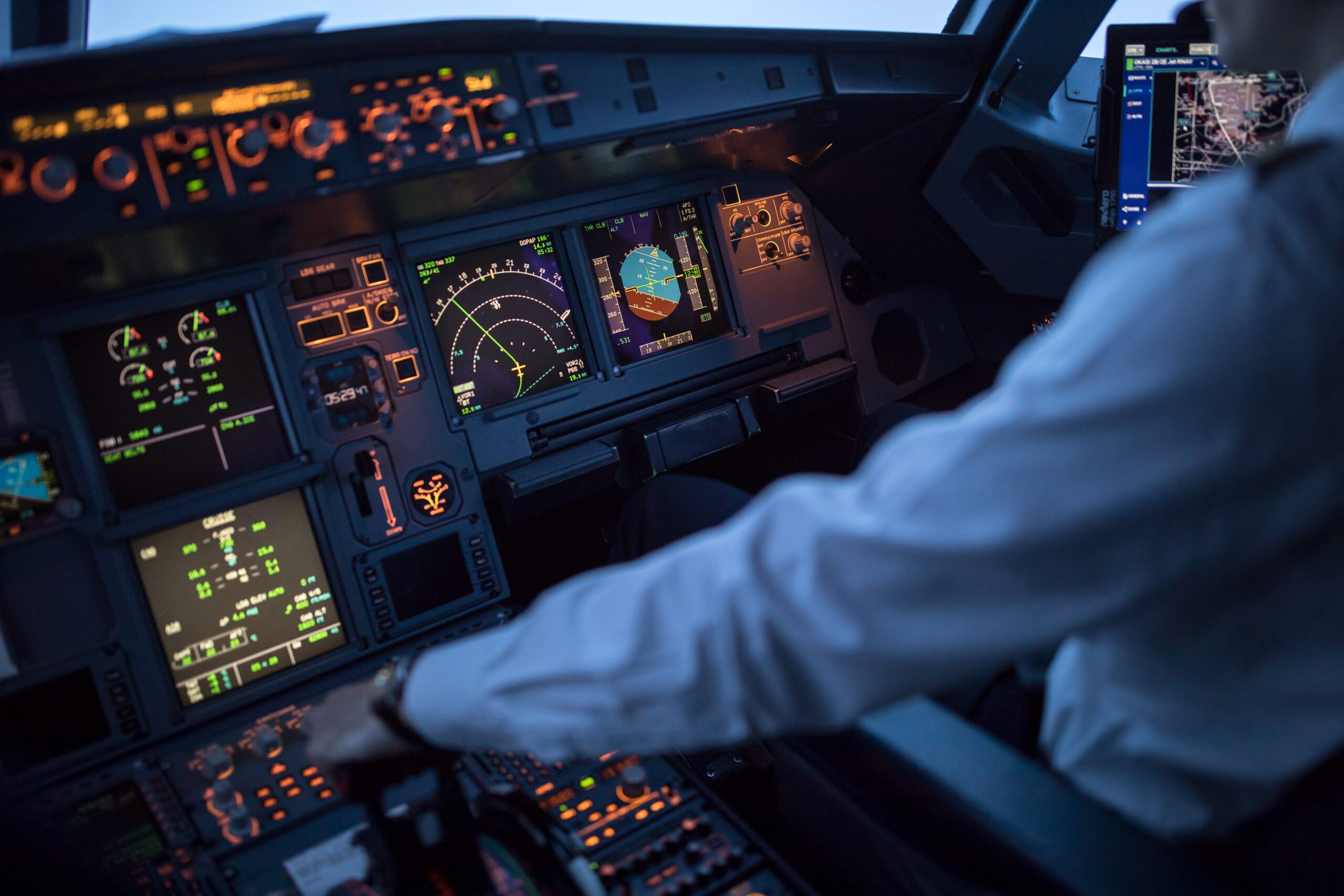Obstacles Remain For Aspiring Pilots As National Shortage Looms
Despite large need for pilots, flying for a major carrier takes time, determination – and money
By Natalie Fiorilli
Published April 8, 2019
Read Time: 4 mins
Paying your way through school takes on a whole new meaning when you’re pursuing a career as a commercial airline pilot.
“It can definitely be a grind,” said Ryan McManus, who is enrolled in a joint program through Robert Morris University and the Community College of Beaver County’s Aviation Sciences program.
“I have student loans, I have to pay to fly, and then of course pay for other expenses like gas to drive between work, the airport and class,” said McManus, who is from Wexford, Pa. He expects to earn a bachelor’s degree in organizational leadership with a professional pilot concentration in 2020.
And when he does get his license to fly, there will be plenty of airlines waiting for him.
Forecasts by Boeing and the FAA underscore a significant need for pilots over the next two decades. Boeing’s 2018 Pilot Outlook anticipated a need for more than 200,000 pilots by 2037, while the FAA’s 2018 Aerospace Forecast emphasized the impact the shortage will have on regional airlines, which struggle to compete with the salaries offered by major carriers.
Cost and Time
Despite the shortage, qualifying to be a pilot for a major carrier takes longer than ever. In 2013, the FAA increased the amount of flight time needed to obtain the Air Transport Pilot (ATP) certificate required for commercial pilots from 250 hours to 1,500 hours.
The agency changed the rule in response to the fatal crash of Colgan Air Flight 3407 in 2009, which was determined to be caused by pilot error.
Earning 1,500 hours of flight time before flying commercially has increased the cost of becoming a professional pilot.
The first step, obtaining a private pilot license, costs nearly $10,000. Next, students must continue logging hours as they work toward adding instrument ratings, a commercial pilot certificate and, typically, a flight instructor certificate. While rates vary, it can cost upwards of $170 per hour, with students also paying hourly for instruction. Often students will become instructors, once they are eligible, to earn money while simultaneously logging more flight hours.
After earning a multi-engine rating and reaching the required 1,500 hours of flight time to get the ATP certificate, a pilot is eligible to fly in the right seat as a first officer.
Flying Regional
Typically, regional carriers are the starting point for first officers as they work toward gaining more flight experience to become a captain for a major or “mainline” carrier. Regional airlines mostly operate aircraft with 89 seats or fewer and serve as feeder partners to mainline carriers.
Regional carriers such as Republic Airlines, Skywest and Piedmont accounted for 41 percent of all scheduled passenger flights in 2017, according to the Regional Airline Association’s 2018 Annual Report.
But in the competition for pilots, regional carriers struggle to match the salaries offered by major airlines.
In a Pilot Workforce Update provided by the RAA, the average first officer flying for a regional carrier will earn about $59,000 during his or her first year of employment, far below the average of $137,330 for mainline pilots.
Regional carriers partner with aviation programs and flight training schools to recruit pilots. Many, such as Piedmont Airlines, offer various incentives, including generous signing bonuses, to recruit first officers as well as former military members. So called flow-through programs help support the regional carrier while preparing pilots to fly mainline.
“There’s no better time than now to become a pilot,” said Piedmont spokesperson Jacqueline Jennings. “Our flow-through programs allow pilots to gain experience as they transition to flying mainline, so not only are we staffing our airline, but we are also helping to support American (Airlines) as well.”
Love of Flying
“Someday, I’ll get paid to go to places instead of paying to go places.”
Frank Beresnyak, general manager and chief pilot of the Pittsburgh Flight Training Center at Allegheny County Airport in West Mifflin, said news of the pilot shortage has had a positive impact on his enrollment numbers.
“I’m seeing more and more interest every day,” he said. “From our perspective, we can’t train enough pilots. And that’s true for all of the flight schools in the country trying to help fill the projected need for pilots.”
Captain Frank Davis, a retired commercial airline pilot from McMurray, Pa., explained that you have to love flying and be completely dedicated to aviation to achieve your career objective.
“It’s a long and expensive process,” Davis added. “The process is very similar to the training track that a doctor has to endure, only it can take longer to gain the experience and reach the final goal. It’s not an easy road to travel. You pay your dues.”
McManus, who ultimately wants to fly for a major U.S. airline, agrees.
“Airplanes and flying are just something that’s been in me ever since I was a kid,” he said. “I don’t know if I would necessarily do it for free, but it’s worth the cost and time commitment because I love flying.
“It’s a lot of fun and it’s rewarding – and someday, I’ll get paid to go to places instead of paying to go places.”
Watch
This Next
Read
This Next






